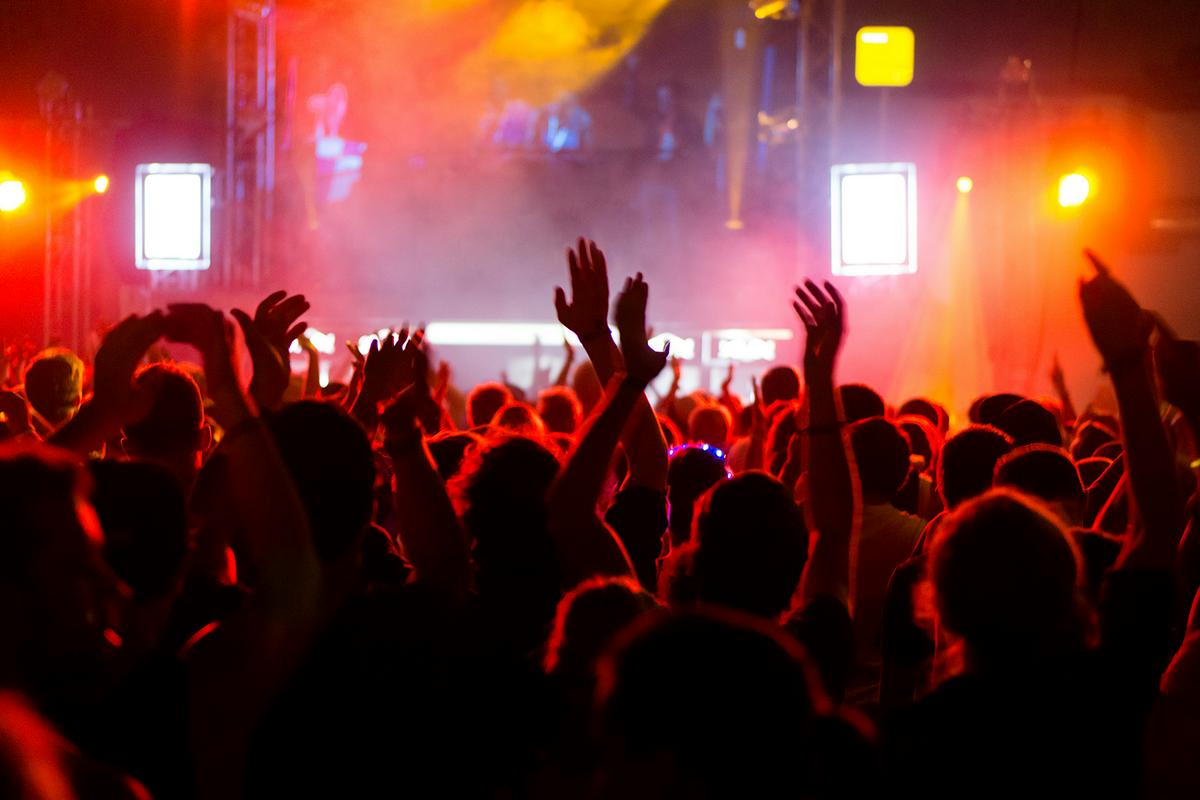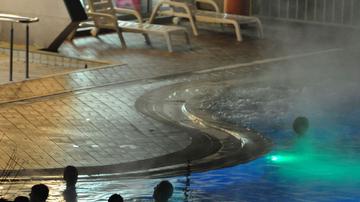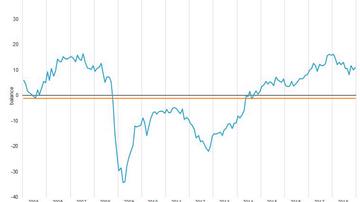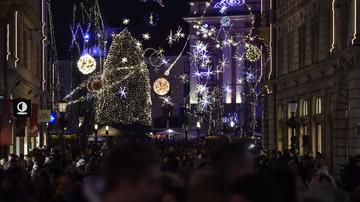
In Europe the Music Day is celebrated on the longest day of the year, i.e. 21 June. Activities are coordinated by the non-profit organisation European Music Day Association (EMDA), established in 1995. The role of the EMDA is to support artist mobility, artistic creativity and the dissemination of innovative methods for lifelong learning as well as vocational and training opportunities in order to support the development of all professions related to the music sector (in the wider sense).
In recent years Slovenia has joined this celebration of music, which brings together over 700 cities and towns in more than 120 countries. This year the streets will be alive with music not only in Ljubljana but also in Maribor.
Who attends music concerts?
Among other things the 2015 Living Conditions Survey asked how many people in Slovenia aged 16+ attended various events in the past 12 months before interviewing. This is what the data showed:
- Concerts: 32% of the population attended concerts. The share of attendees was the highest among 16–24-year-olds (49%). As regards education, most of the attendees had tertiary education (48%). Among statistical regions, concert attendance was the highest in Goriška, Primorsko-notranjska and Posavska (35% of the population in each), and the lowest in Pomurska (28%). Among people living below the at-risk-of-poverty threshold, 17% attended concerts, among materially deprived people 9% and among the socially excluded 18%. As regards the activity status, the share of attendees was the highest among upper secondary school pupils and tertiary students (53%), followed by the employees (38%), the self-employed (36%), the retired (22%), the unemployed (21%) and other inactive persons (16%).
- Opera: 6% of the population attended opera. The share of attendees was the highest among pupils and students (9%), followed by retired persons and the employees (6% each); only 2% of persons living below the at-risk-of-poverty threshold, 1% of materially deprived persons and 2% of socially excluded persons went to opera. A review by statistical regions shows that opera attendance was the highest in Osrednjeslovenska (9%) and Podravska (8%), which are the regions where the two opera houses in Slovenia are located. Attendance was the lowest in the Primorsko-notranjska region (2% of the population).
- Ballet: 4% of Slovenia’s population attended ballet performances. The share for men was 2% and for women 5% (this is the largest gender difference). As regards the level of education, those with tertiary education stood out with 9%. The share for people with lower and middle vocational education was 0%.
- Dance shows: 6% of the population attended dance shows. None of the materially deprived persons attended, while the share for the socially excluded was 2%. Dance shows are the most popular in Jugovzhodna Slovenija (they were attended by 8% of people).
Musical creativity during leisure time
In the mentioned survey we wanted to know how many people aged 16+ were engaged in artistic activities. During leisure time 26% of people were engaged in artistic activities either every day (4%), every week (12%), several times a month (6%), once a month (3%) or at least once a year (1%). As regards music activity:
- Song and dance: 7% of the population was engaged in this activity; 4% of men and 9% of women. Most singers and dancers were 16–24 years old.
- Playing a musical instrument: 5% of the population was playing a musical instrument; 6% of men and 3% of women. Most of them were 16–24 years old.
- Writing music: 1% of the population was writing music; most of them (3%) were 16–24 years old, were pupils or students, or had tertiary education level.
Professional orchestras and choirs: over a third of works by Slovenian authors
Professional orchestras and choirs in Slovenia performed 1,860 works in 2015, of which 774 (just over 41% of all) by Slovenian authors. 170 concerts performed in orchestra/choir headquarters were attended by more than 101,000 people. In addition, professional orchestras and choirs performed 223 concerts on tours, mostly in Slovenia.
A quarter of performances in houses of culture related to music
Houses of culture held almost 3,900 musical performances in 2015, which is 24.7% of all performances: 2,915 were concerts of different genres, 373 were dance performances and 603 were folklore events. Musical performances were seen by almost 902,000 visitors: on average each event was seen by 232 people. The largest attendance was recorded at instrumental concerts (on average 304 per concert) and the smallest at folklore events (on average 163 per event).
Music is first on the radio
In 2015 over 68% of program broadcast by radio stations in Slovenia was music. As regards the type of music, popular music predominated with 89%; so-called “serious music” accounted for 7,253 hours, which is 2.1% of total music broadcast.
In 2016 Internet users were asked about listening to music via the Internet, e.g. web radio, YouTube or via streaming (Deezer, Apple Music, Google Play Music, etc.). Answers showed that 48.3% of regular Internet users (36.5% of all Internet users) were listening to music via the Internet.
Ida Repovž Grabnar, Statistical Office of the Republic of Slovenia

































































